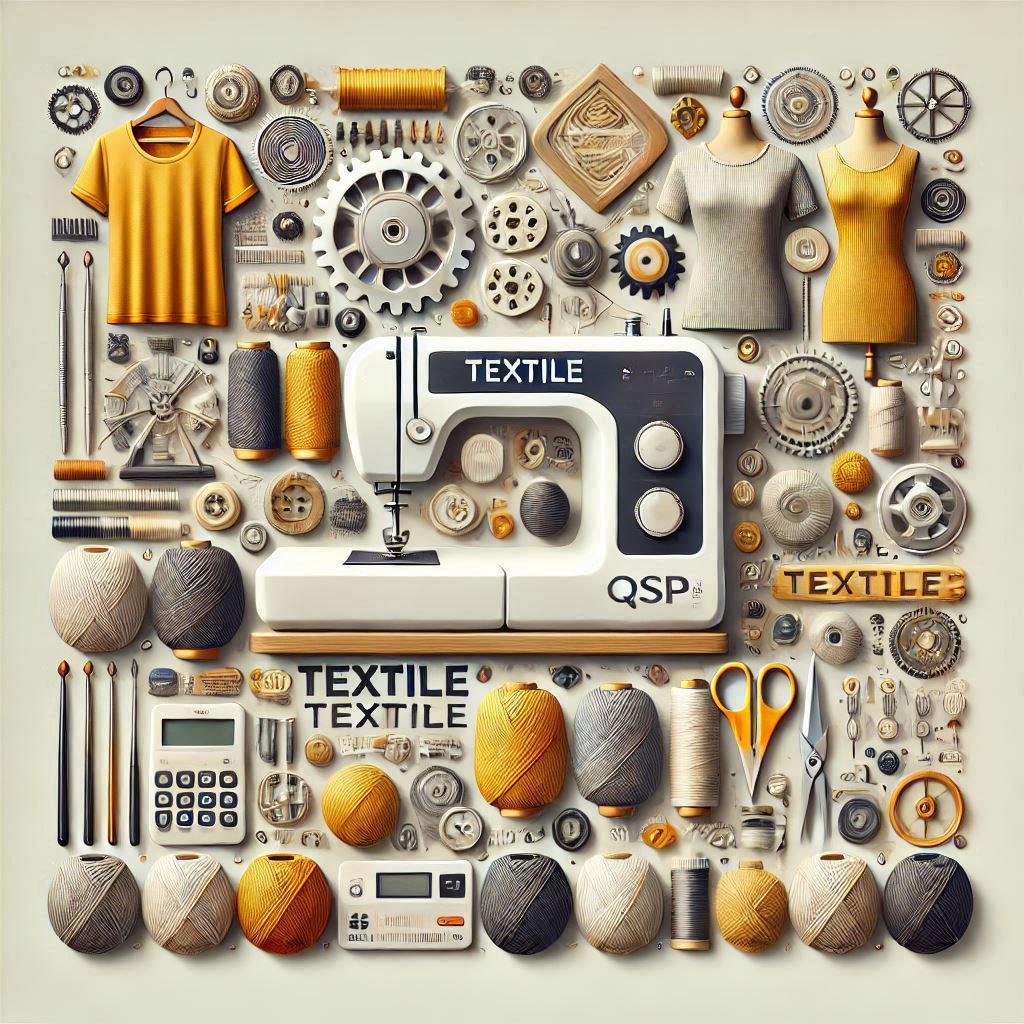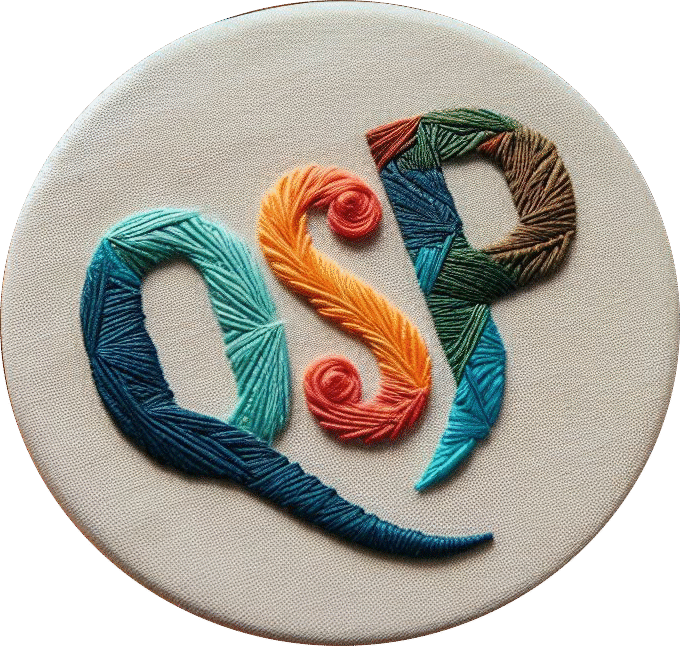Spandex
When we talk about fabrics that stretch, adapt and return to their original shape without losing structure, we’re talking about spandex. Also known as elastane, this material has revolutionised the textile industry since its invention in the 1950s.
But what makes it so special? Why is it essential in sportswear, underwear, swimwear and so many other garments? And, most importantly, how can we make it more sustainable?
At QSP Textile, we invite you to explore the world of sustainable bio-based spandex: its history, characteristics, applications, challenges and sustainability opportunities.
🧵 A brief history: the birth of spandex
Spandex was developed in 1958 by Joseph Shivers, a chemist at DuPont, in response to the need for an elastic fibre that was more durable than natural rubber. Its invention paved the way for a new generation of garments that could stretch without deforming or wearing out quickly.
Before spandex, elastic fabrics relied on rubber, which limited their use and lifespan. The arrival of elastane transformed the textile industry, opening new possibilities in sportswear and beyond.
Today, it’s estimated that over 80% of clothing produced in the textile industry contains spandex, especially in lingerie, jeans, swimwear and functional clothing.
💡 Key characteristics of spandex
Spandex isn’t just synonymous with stretch. Its properties go much further:
✅ Extreme elasticity (up to 500%).
✅ Lightweight and soft.
✅ Durable against sweat and wear.
✅ Chemically resistant and anti-pilling.
Thanks to these qualities, elastane became essential in the textile industry, especially in applications of spandex in sportswear, underwear and compression garments.
🏋️♂️ Main applications of spandex
Where there’s movement, flexibility and comfort, there’s spandex. Its key applications include:
- Sportswear: leggings, tops, cycling suits.
- Underwear and lingerie.
- Swimwear.
- Stretch jeans.
- Medical garments (compression stockings, post-surgical supports).
- Dance and performance costumes.
The textile industry integrates spandex in small percentages to enhance the performance of traditional fabrics such as cotton and polyester.
🌍 The dark side of spandex: environmental impact
While spandex is versatile, its production has a significant environmental impact:
🔍 Key issues:
- Made from polyurethane (petroleum-based).
- Uses toxic solvents.
- Difficult to recycle.
- Contributes to microplastic pollution.
The environmental impact of traditional spandex is one of the biggest challenges facing the textile industry today. Blending it with other fibres complicates recycling and prolongs its presence in landfill.
🌱 The future: towards more sustainable spandex
The good news is that innovations like sustainable bio-based spandex are emerging, partly derived from renewable resources (corn, sugarcane).
✅ Brands such as ROICA™ (Asahi Kasei) and Lycra® have developed sustainable fibres with renewable content.
✅ These alternatives reduce dependence on petroleum and lower the carbon footprint.
✅ Research is also ongoing into biodegradable spandex or chemically recyclable elastane.
Although sustainable bio-based spandex isn’t yet widely available, it represents a step towards textile innovation with recyclable fibres that are kinder to the planet.
At QSP Textile, we’re committed to using sustainable fibres to ensure quality and environmental responsibility.
🏭 Challenges for the textile industry
Adopting alternatives like sustainable bio-based spandex also requires:
- Adapting production processes.
- Educating consumers.
- Collaborating to build ethical supply chains.
It’s vital to design with recyclability in mind and embrace textile innovation with recyclable fibres from the outset.
🤝 QSP Textile’s vision: purposeful innovation
At QSP Textile, we strive to:
🌿 Increase use of sustainable fibres and recyclables.
🌿 Source suppliers of sustainable bio-based spandex.
🌿 Raise awareness of the environmental impact of traditional spandex.
We aim not only to deliver high-performance garments, but also to lead textile innovation with recyclable fibres and ethical practices.
Spandex will continue to be essential for its stretch and adaptability. But today’s challenge is reducing the environmental impact of traditional spandex and promoting sustainable bio-based spandex.
At QSP Textile, we’re ready to lead this transition, combining textile innovation with recyclable fibres, quality and sustainability.
Will you join the change? Contact us and discover how we can work together.


Deja una respuesta